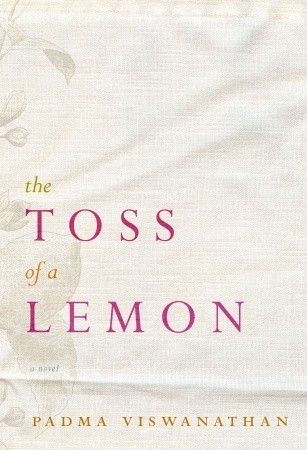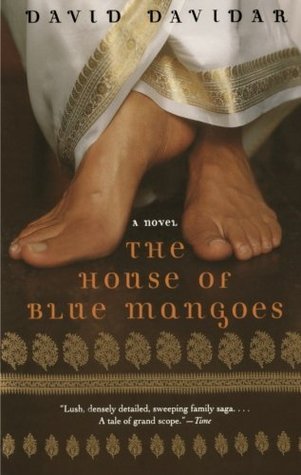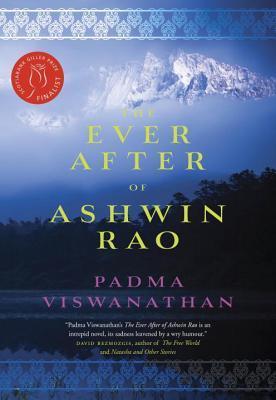
The Toss of a Lemon
Book Description
One tossed lemon can change a life forever. In the vibrant, tumultuous world of 20th-century South India, a spirited young woman navigates the complexities of family loyalty, love, and the stifling grip of tradition. As the threads of her fate intertwine with those of her ancestors, secrets bubble to the surface, threatening to unravel everything she holds dear. Torn between desire and duty, she must confront choices that ripple through generations, igniting passion and betrayal in equal measure. Will she find a way to reclaim her voice before it's silenced by the weight of expectation?
Quick Book Summary
"The Toss of a Lemon" by Padma Viswanathan is a sweeping historical novel set in 20th-century South India, tracing the intertwined destinies of a Brahmin family over multiple generations. At its heart is Sivakami, a strong-willed child bride and widowed mother, whose life is shaped by the rigid rules of caste and tradition. As Sivakami navigates widowhood and raises her children in a patriarchal world, she struggles to balance her duties with her individual desires. The novel vividly explores societal changes, the evolution of family bonds, and the impact of political upheaval. Throughout, secrets and betrayals test their relationships and resilience. Ultimately, Viswanathan examines how tradition both confines and sustains, and how personal choices might, over time, alter the course of a family's fate.
Summary of Key Ideas
Table of Contents
Tradition, Caste, and Social Constraints
Sivakami, a Tamil Brahmin girl, marries young, only to become a widow when her astrologer-husband dies suddenly. Bound by strict caste dictates, she must shave her head, wear plain clothing, and live in isolation, exercising discipline while raising her children. Navigating the rigid boundaries of her role, Sivakami dominates her family and household, becoming the figure around whom family fortunes and struggles revolve. The challenges she faces are emblematic of the era's tensions between orthodoxy and the slow march of change.
Family Loyalty and Intergenerational Bonds
Family is at the center of the novel, with complex relationships shaped by loyalty and duty. Sivakami's deep sense of responsibility to her children—her son, Vairum, and her daughter, Thangam—reflects the strengths and sacrifices demanded by her position. The novel follows these characters as they grapple with the expectations set by heritage, as well as their own ambitions and emotional needs. The bond between mother and son is particularly fraught, as Vairum grows up questioning the customs that define his world, bringing familial conflict and heartache.
The Quiet Rebellion of Women
Through quiet acts of rebellion, the women in the novel subtly undermine the roles prescribed to them. Sivakami, while outwardly obedient to tradition, finds ways to assert small freedoms, and her descendants, particularly Thangam and later generations, push the boundaries further. The gradual shift in attitudes—regarding marriage, love, and independence—demonstrates how women’s agency evolves, often at great personal cost. Their struggles serve as a critique of patriarchy and a testament to resilience.
Secrets, Betrayal, and Forgiveness
Secrets and betrayals play a significant role in the family's story. Hidden desires, clandestine relationships, and painful truths come to the surface, threatening to tear the family apart. These tensions are not only personal but also symptomatic of larger social changes. Forgiveness and reconciliation, though difficult, become necessary as characters confront the limitations of both tradition and personal ambition. The narrative examines whether bonds can survive the revelations and consequences of human imperfection.
Change and Continuity Across Generations
Against the backdrop of 20th-century India, the novel explores how political and cultural upheavals affect even the most traditional households. The world shifts around Sivakami and her family, with British colonialism, the Indian independence movement, and modernity challenging ancient structures. Yet, amid change, some traditions endure, revealing the tension between progress and continuity. The story ultimately affirms the power of individual choices to ripple through generations, gradually transforming family and society.
Download This Summary
Get a free PDF of this summary instantly — no email required.





